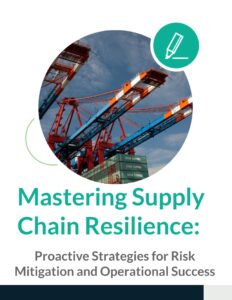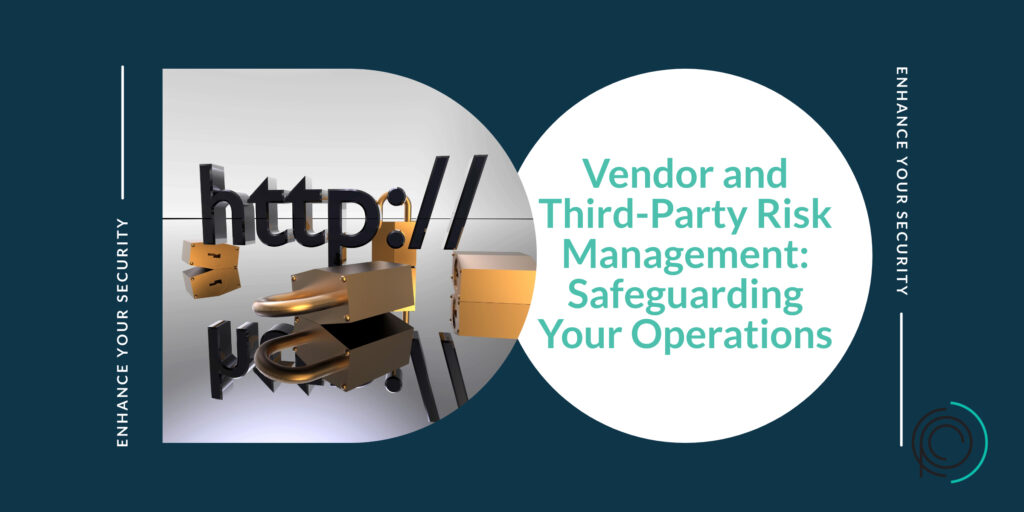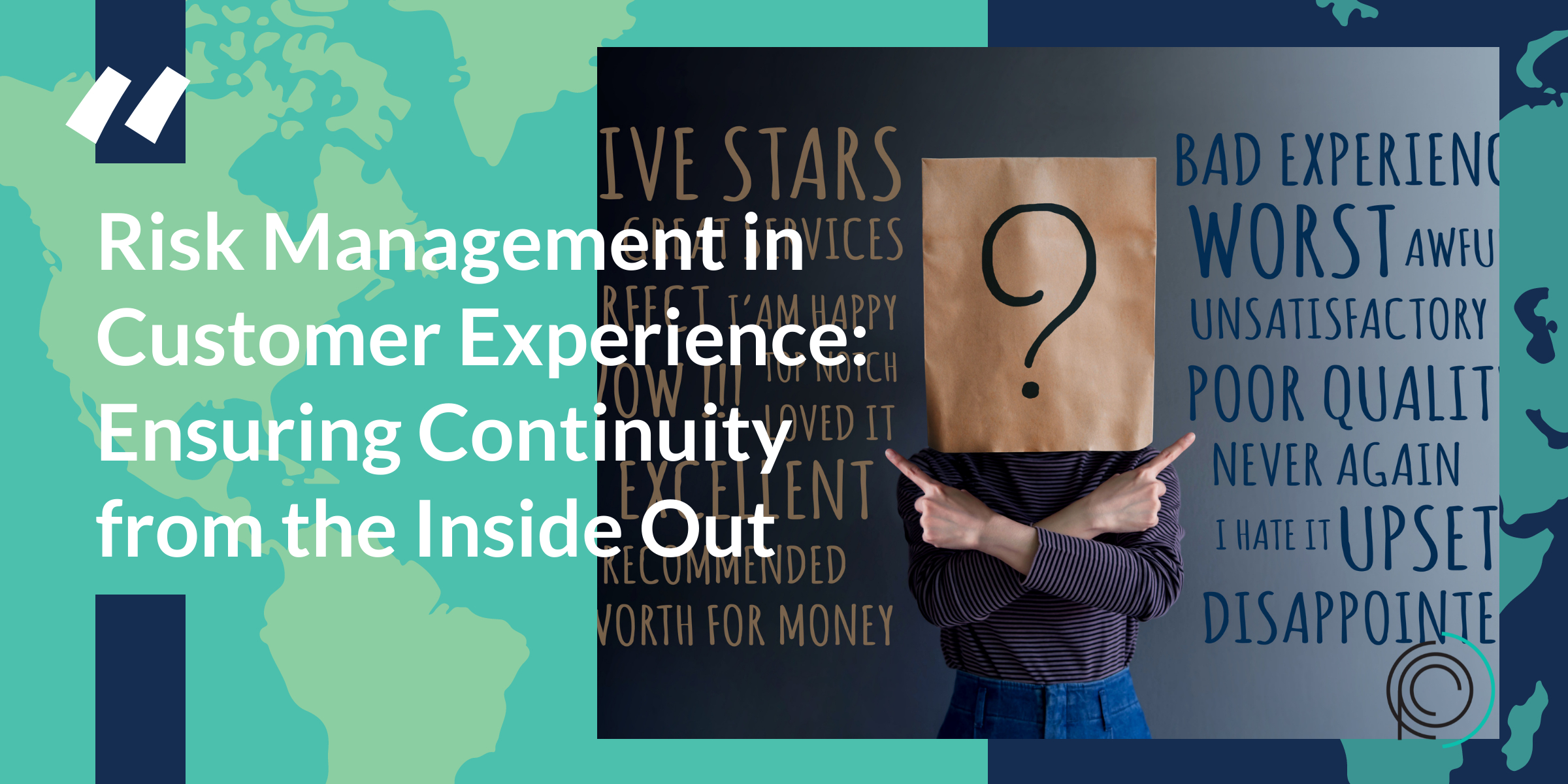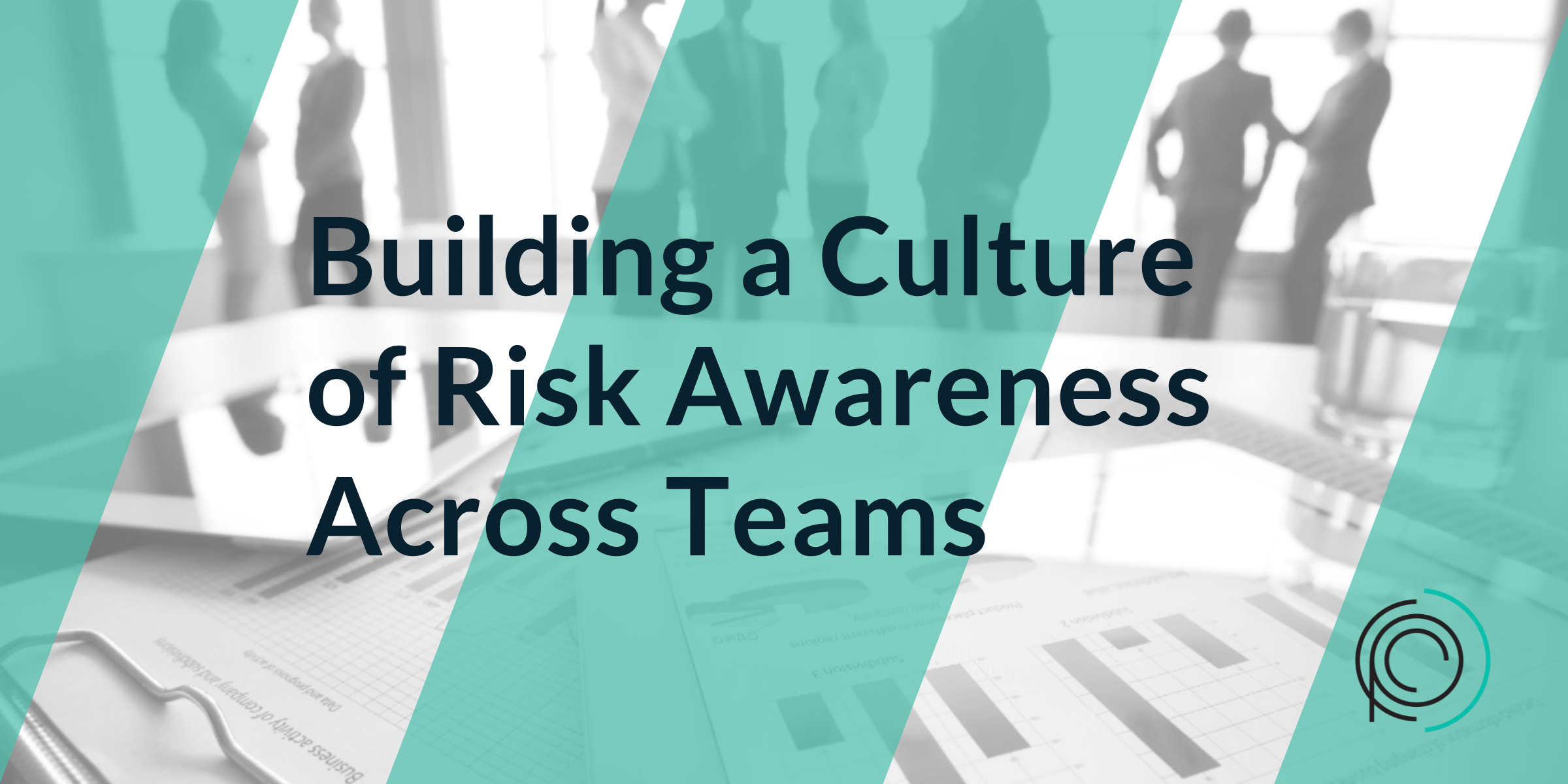Today, success hinges on a complex network of interconnected components, where third-party vendors and suppliers play a vital role in ensuring operational effectiveness. These external partners, from IT services to raw material providers, offer essential support that allows companies to concentrate on their core strengths and drive innovation. For instance, IT service providers help streamline digital processes and enhance cybersecurity measures, while raw material suppliers ensure a steady flow of necessary resources for production.
However, this reliance on external entities brings significant risks that organizations must carefully consider. These risks include data security vulnerabilities, where sensitive information could be compromised due to inadequate third-party security measures. Additionally, supply chain disruptions can occur from unforeseen events such as natural disasters or geopolitical issues, potentially halting production and affecting delivery timelines. There is also the risk of reputational damage, as any missteps by external partners can reflect poorly on the primary business.
To navigate these challenges effectively, businesses must implement robust risk management strategies. This involves conducting thorough due diligence when selecting partners, establishing clear communication channels, and developing contingency plans. This guide aims to equip decision-makers with the knowledge and tools needed to understand the complexities of working with external partners and to effectively mitigate the associated risks, ensuring their organizations remain resilient and competitive in an ever-evolving marketplace.
Identifying Third-Party Risks
Data Security Vulnerabilities
One of the most pressing concerns when dealing with third-party vendors is data security. Poor vendor security practices can lead to significant data breaches, exposing sensitive business information to unauthorized entities and potentially damaging an organization’s reputation. For example, the notorious 2013 Target data breach, which compromised the personal information of over 40 million customers, originated from a third-party HVAC vendor that had inadequate security measures. This incident involved not only the theft of credit card information but also the leakage of personal data, which could lead to identity theft and fraud for countless individuals. Such incidents underscore the importance of conducting thorough due diligence when selecting vendors and ensuring that they have robust security measures in place. Organizations should establish clear security standards and regularly audit their vendors to mitigate risks and protect sensitive data from potential breaches.
Supply Chain Interruptions
Supply chain interruptions can disrupt your business operations significantly, impacting various facets of your organization. Potential risks include delivery delays, quality control issues, and operational bottlenecks that can ripple through the entire production process. For instance, a delay in receiving key components from a supplier can bring production lines to a standstill, resulting in missed deadlines, increased operational costs, and ultimately lost revenue.
Moreover, such interruptions can affect customer satisfaction and brand reputation, as clients may experience delays in receiving their orders. It’s crucial to establish strong relationships with your suppliers and maintain open lines of communication to address any potential issues proactively. Understanding your vendors’ supply chain processes, identifying potential vulnerabilities in their systems, and having contingency plans in place can help mitigate risks. Regularly reviewing and updating these plans ensures that your business remains resilient in the face of unforeseen disruptions, safeguarding your operations and maintaining your competitive edge in the market.
Compliance and Legal Risks
Vendors failing to meet regulatory standards or contractual obligations can put your business at significant risk of legal repercussions. When vendors do not comply with data protection regulations, such as the General Data Protection Regulation (GDPR), your company may face hefty fines, legal actions, and potential damage to its credibility. It is vital to conduct thorough due diligence to ensure that all vendors not only meet but also continuously adhere to relevant laws and regulations. This proactive approach serves as a safeguard for your business, protecting it from unforeseen legal and financial liabilities that could arise from vendor-related non-compliance.
Reputational Damage
The actions and behaviors of your vendors can reflect directly on your business, impacting its overall reputation in the marketplace. Vendor failures or unethical practices, such as poor quality control or violations of labor laws, can tarnish your reputation and lead to a significant loss of customer trust and revenue. For instance, if a supplier is found to be involved in exploitative labor practices, this not only attracts public scrutiny but can also ignite a backlash against your company, resulting in boycotts or negative media coverage. Therefore, it’s essential to evaluate not only the financial stability but also the ethical standards and practices of your vendors. Implementing regular audits and maintaining open communication can help foster a transparent relationship, ensuring that your business aligns with partners who uphold strong ethical values.
Vendor Due Diligence
Background Checks
Before engaging with a vendor, conducting thorough background checks is essential to mitigate risks and ensure a successful partnership. This process involves investigating the vendor’s financial stability, reputation, and compliance record. Evaluating financial stability is crucial, as it ensures that the vendor can sustain operations without disruptions that could affect your business. Furthermore, a solid reputation in the industry often reflects a vendor’s ability to deliver quality services consistently, while a robust compliance history indicates their reliability and adherence to regulatory standards. It’s advisable to consult third-party reviews, industry ratings, and past client testimonials to gain a comprehensive understanding of the vendor’s standing.
Risk Assessments
Conducting an in-depth risk evaluation is another crucial step in the vendor due diligence process. This assessment should encompass a thorough review of the vendor’s security practices, data management protocols, and operational processes. A comprehensive risk assessment can identify potential vulnerabilities that might expose your business to threats. Additionally, analyzing the vendor’s approach to risk management, including their incident response plans and disaster recovery strategies, is essential. This evaluation will help you determine whether the vendor aligns with your risk tolerance levels and if they are equipped to handle potential challenges that may arise during the course of the partnership.
Contract Management
Proper contract management is vital for establishing clear expectations and protections for both parties involved. Contracts should include detailed provisions for service levels, security requirements, data protection measures, and termination clauses. These provisions not only ensure that both parties are clear on their responsibilities, but they also provide a framework for accountability. It’s important to outline specific metrics for performance evaluation and include mechanisms for regular reviews to address any potential issues proactively. Additionally, having clear termination clauses can protect your business in case the relationship needs to be dissolved, ensuring a smooth transition and safeguarding your interests.
Ongoing Vendor Monitoring and Oversight
Regular Audits
Continuous oversight through regular audits is vital for maintaining vendor compliance and performance standards. These audits should be conducted at predetermined intervals, such as quarterly or biannually, allowing for a comprehensive evaluation of the vendor’s adherence to contractual obligations and quality expectations. By establishing a clear audit schedule, organizations can ensure that they are consistently monitoring vendor performance and addressing any potential issues before they become significant problems.
Periodic reviews not only identify any deviations from agreed-upon practices but also provide an opportunity for constructive feedback and open communication between the organization and the vendor. This collaborative approach enables organizations to address issues proactively and implement timely corrective actions before they escalate into more serious concerns. Furthermore, regular audits foster transparency, encouraging vendors to maintain high standards in their operations.
Additionally, conducting regular audits demonstrates to vendors that you are serious about maintaining high standards and fostering a culture of accountability and excellence in the vendor relationship. By emphasizing the importance of compliance and performance, organizations can build stronger partnerships with their vendors, ultimately leading to improved service delivery and mutual success. In essence, a commitment to regular audits is not just about compliance; it reflects a dedication to continuous improvement and a willingness to invest in the long-term health of the vendor relationship.
Key Performance Indicators (KPIs)
Setting and monitoring clear Key Performance Indicators (KPIs) is essential for effectively tracking vendor performance over time. These indicators provide quantifiable metrics that allow businesses to evaluate whether vendors consistently meet or exceed expectations. Examples of KPIs include on-time delivery rates, incident response times, quality control metrics, and customer satisfaction scores. By regularly reviewing these KPIs, organizations can maintain accountability and transparency in their vendor relationships while also encouraging vendors to strive for continuous improvement. Furthermore, sharing KPI results with vendors can foster collaboration and motivate them to enhance their performance.
Contingency Planning
Having a comprehensive contingency plan in place is crucial for mitigating risks associated with vendor failures and ensuring uninterrupted operations. A well-crafted contingency plan should not only outline potential risks but also provide a detailed roadmap for how to respond effectively to various scenarios. This includes identifying backup vendors or alternative solutions that can be swiftly deployed in the event of a disruption. For instance, businesses might establish relationships with multiple suppliers to ensure a steady flow of essential materials or services, thereby reducing reliance on a single source and minimizing vulnerability.
Additionally, a robust contingency plan should encompass strategies for communication during a crisis. Clear communication protocols ensure that all stakeholders, from employees to customers, are informed and can act accordingly. Resource allocation is another critical element that needs careful consideration; organizations should identify key resources that may be necessary during a disruption and determine how to access them quickly.
Furthermore, incorporating detailed recovery procedures into the plan is essential for restoring operations efficiently after a crisis. This may involve outlining specific steps for assessing damage, mobilizing resources, and returning to normal business activities. By thoroughly preparing for unforeseen disruptions, organizations can not only significantly reduce the impact on their operations but also maintain business continuity. This proactive approach safeguards their interests and those of their customers, ultimately fostering trust and resilience in a rapidly changing business environment.
Building Collaborative Relationships with Vendors
Transparent Communication
Maintaining open lines of communication with vendors is key to addressing potential issues early and efficiently. Regular meetings, whether scheduled weekly or monthly and consistent updates help ensure that both parties remain aligned in their goals and can collaborate effectively to resolve any problems as they arise. Transparent communication fosters trust, which is vital for a successful business partnership, and facilitates smoother operations by allowing for quick adjustments to be made when challenges occur. Establishing dedicated channels for communication, such as shared platforms or project management tools, can further enhance this process.
Joint Risk Management
Working collaboratively with vendors to create mutually beneficial risk mitigation strategies can significantly minimize risks associated with supply chain disruptions. By fostering a strong partnership built on trust and transparency, organizations can better navigate the complexities of modern supply chains. Engaging in open discussions around potential risks allows both parties to identify vulnerabilities, assess their impacts, and brainstorm innovative solutions that benefit everyone involved.
This collaborative approach not only leads to more effective risk management strategies but also strengthens the partnership, making it easier to tackle challenges collectively when they arise. Regular meetings and workshops can facilitate ongoing communication, ensuring that both parties are aligned in their goals and prepared to respond to unforeseen circumstances.
Joint risk management initiatives can also encourage vendors to share their insights and expertise, which can prove invaluable in enhancing overall resilience. By pooling resources and knowledge, organizations can develop a more comprehensive understanding of the risks they face and implement proactive measures to safeguard against them. Additionally, leveraging technology and data analytics can enhance these initiatives, providing real-time insights that further empower both parties to make informed decisions. Ultimately, a strong joint risk management strategy not only protects against disruptions but also paves the way for sustained growth and success in a competitive market.
Long-Term Partnerships
Cultivating long-term relationships with vendors is essential for improving trust and ensuring alignment on risk management goals. Strong partnerships are built on mutual respect and understanding, which leads to better cooperation and shared success. By investing time and resources into these relationships, businesses can achieve greater negotiation power and receive more favorable terms. Long-term partnerships also provide stability and predictability in your supply chain, allowing both parties to plan better for the future and respond more effectively to market changes. Developing a partnership that focuses on continuous improvement can create a strong foundation for growth and innovation over time.
Conclusion
At a time when third-party vendors and suppliers play a crucial role in business operations, effective risk management has never been more vital. By identifying potential risks, conducting comprehensive due diligence, maintaining continuous oversight, and fostering collaborative relationships, businesses can protect their operations and secure long-term success.
Now is the time to evaluate your current vendor management practices and enhance your oversight processes. This proactive approach will not only safeguard your business but also lay the groundwork for sustainable growth and resilience in an increasingly complex business landscape.
For those ready to advance their vendor and third-party risk management strategies, consider seeking guidance from experts who can offer tailored advice and solutions to address your specific needs.






